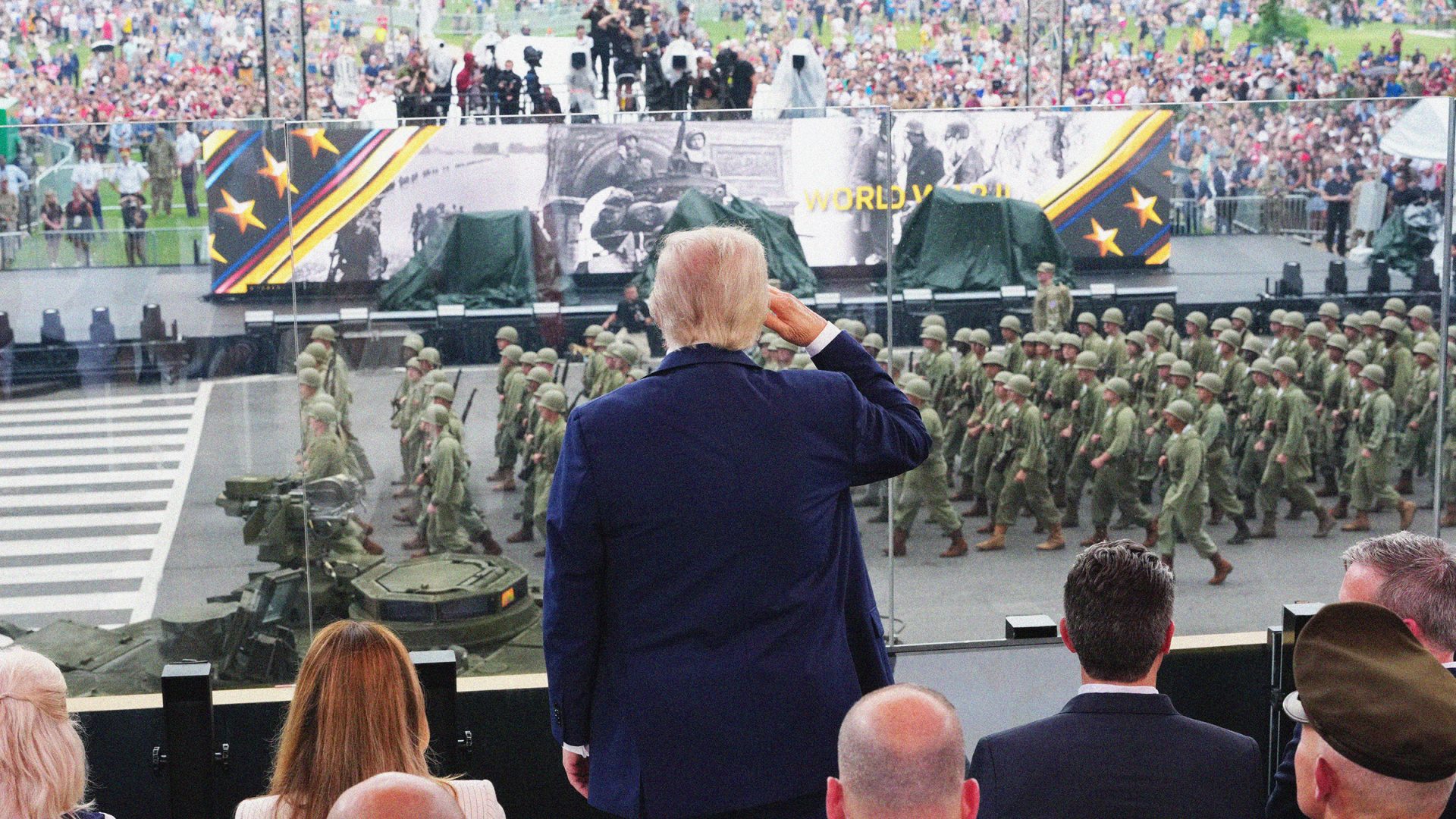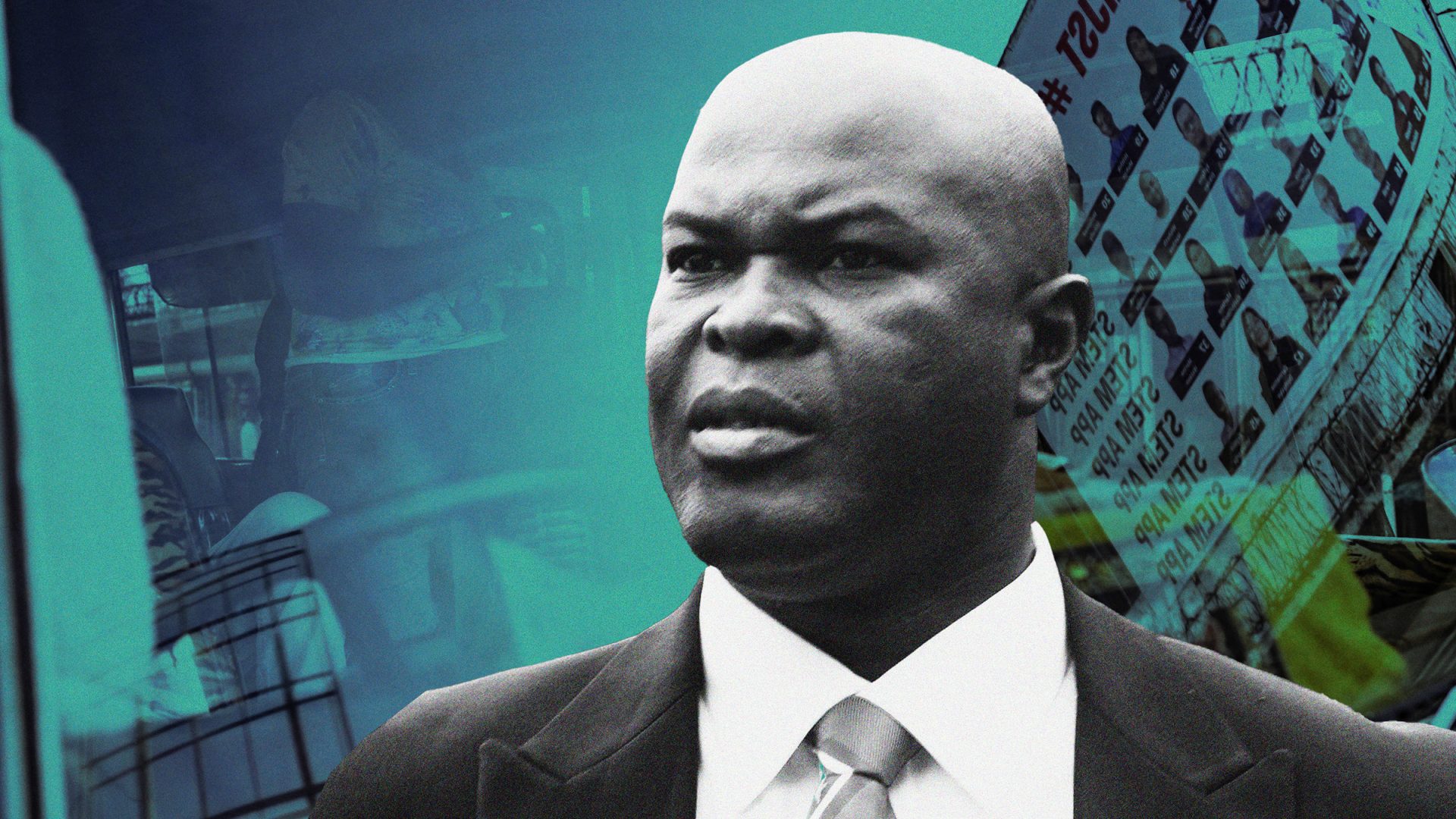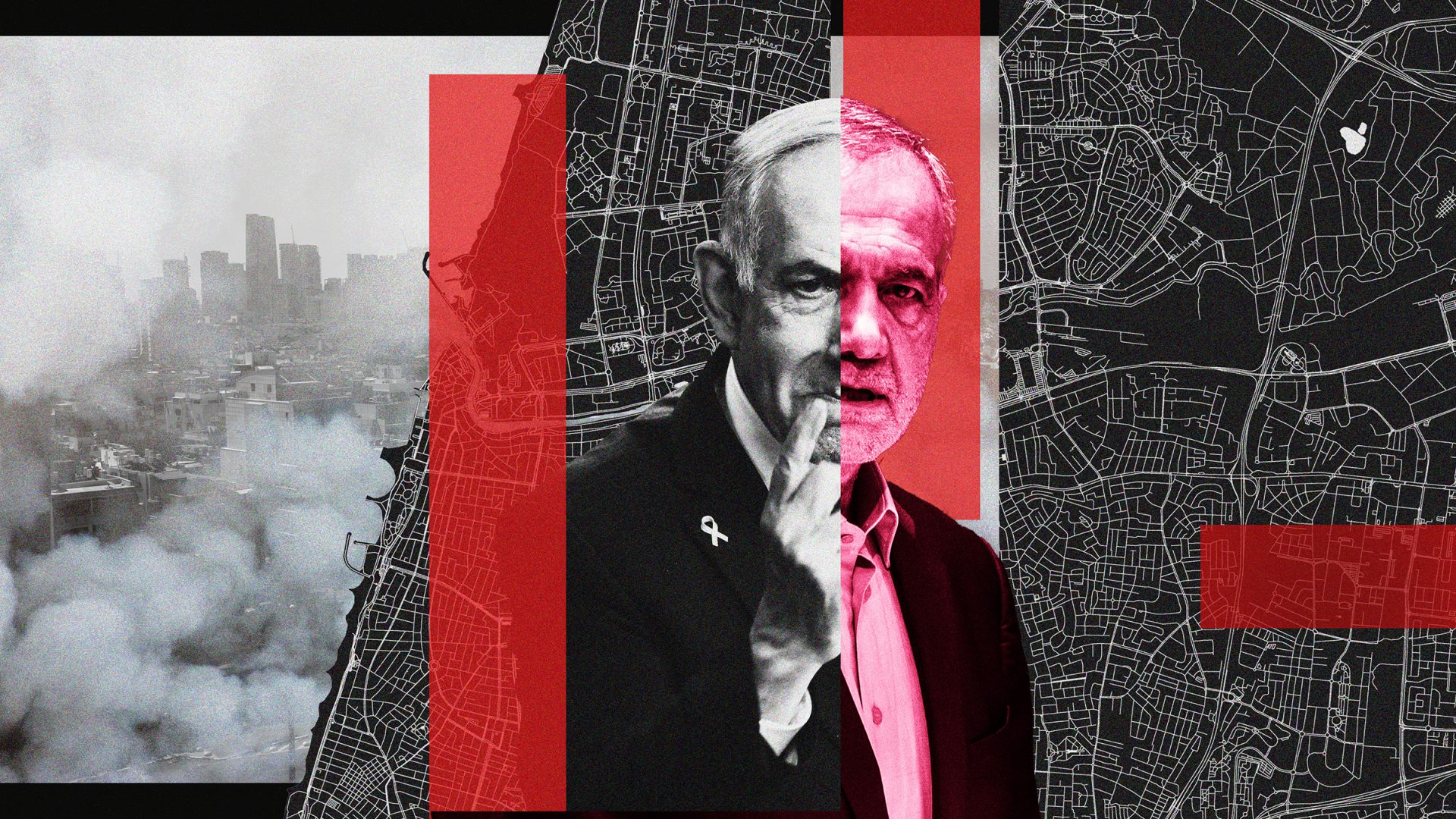Given that there was something almost childlike in Donald Trump’s desire to have the army march past him like toy soldiers, it seemed appropriate to spend the weekend of his grand military parade here in Washington DC playing a mildly anarchic round of mini golf with eight-year-old boys.
While Trump insisted that the spectacle to mark the US army’s 250th anniversary had just coincidentally fallen on his 79th birthday, my son wasn’t so coy: the mini golf in a windowless warehouse filled with neon signs and monster-themed obstacles was very much to celebrate his birthday.
Which was why I hadn’t made it to the National Mall on Saturday evening to watch Trump enthroned on his viewing platform. The news footage showed him flanked by two tanks as he watched the 7,000 soldiers, 28 armoured vehicles and the occasional horse file past. It rained here in DC most of the day, and Trump sat watching proceedings for three damp hours.
There had been promises of an effusion of military pageantry, a show of force comparable to the military parades of authoritarian regimes. But in the end it was all a little tame. Like most people in DC, I watched it on the television.
As soldiers in various period costumes dating back to the Revolutionary war filed past, it felt like a history lesson – or an extended recruiting ad for the army. Cameras panned to secretary of state, Marco Rubio, as he stifled a yawn.
Rain and the threat of thunderstorms meant the parachute jump, planned as the climax of the show, came early. Fly-pasts by dozens of vintage military aircraft were lost in grey skies.
Trump didn’t care. He presided over it all with frequent salutes and a grin plastered on his face like the kid who got all the candy. Indeed, the idea for the parade came from what sounded like a playground boast. After being dazzled by the 2017 Bastille Day parade in Paris, Trump declared he wanted his own – but bigger and better.
Suggested Reading
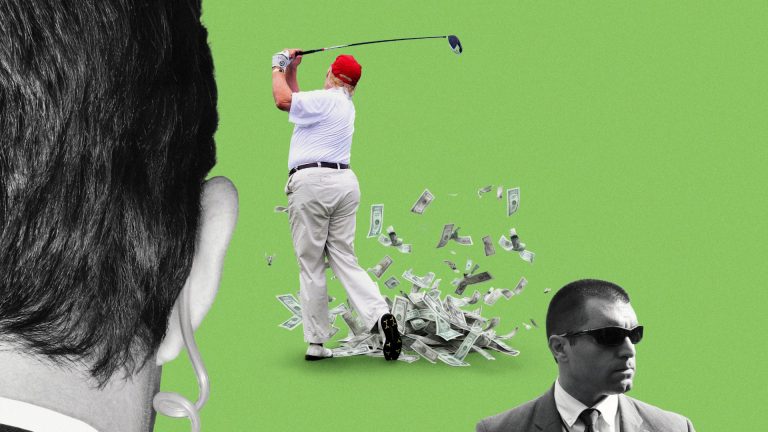
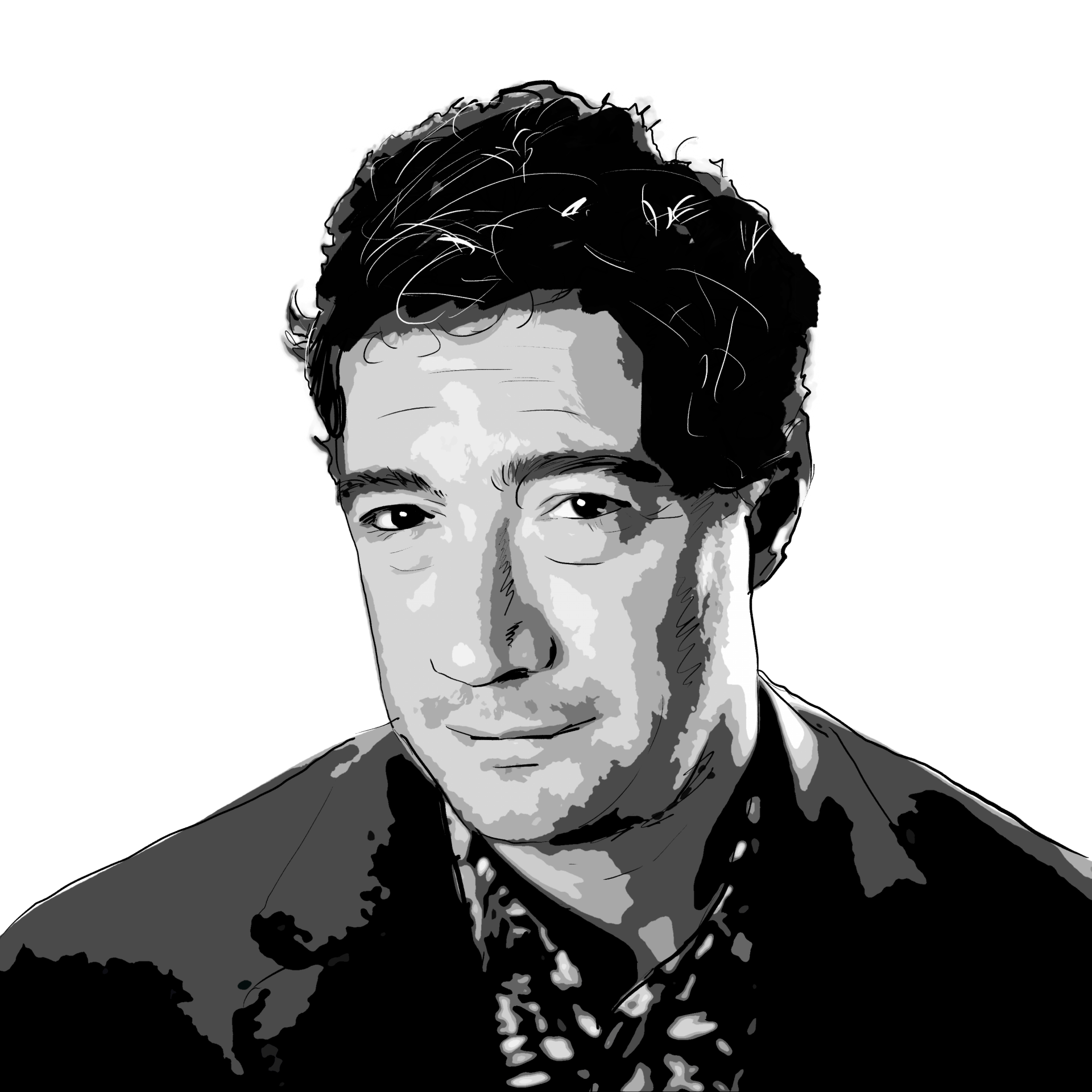
Trump’s golf habit – sponsored by the US tax payer
As Trump enjoyed his parade, across town the children played golf, not watched over by a president, of course, but by animatronic creatures, including a tree that reached its arms over us and intoned: “I am tree-mendous, I need someone to love”.
I wondered if perhaps this was Trump’s motivation, too. More than anything he seems to crave adoration, hence the obsession with crowd sizes.
The military traditionally stays out of politics in America, and scenes of armoured vehicles rolling through the centre of the US capital city galvanised the protest movement, which is really gathering momentum. Millions of people turned out in cities and towns throughout the country on Saturday for the “No Kings” demonstrations against Trump’s military parade.
I headed down to a “No Kings” event in my neighbourhood. Two young girls scrawled “Kindness Rules!” in chalk on the pavement. Eight-year-old Amelia was colouring a sign that read: “Say No to Trump”. “He is doing stuff that makes literally no sense,” she told me earnestly, getting incensed about his policy decision to reintroduce plastic straws.
I wondered if these were the people Trump had in mind when he said that those protesting against his military parade were “people that hate our country”, who “will be met with very heavy force”.
As the military parade was under way, tear gas was fired at protesters in Los Angeles, and seeing this I recalled one of Trump’s defence secretaries in his first term, Mark Esper, who wrote in a memoir that Trump had asked him if it was possible to shoot protesters “in the legs or something”.
It can be easy to get distracted by the symbolism of an event like a military parade. But sometimes the words and the actions that are there for all to see tell us everything we need to know.
Charlotte McDonald-Gibson is a US correspondent based in Washington

